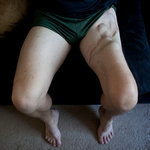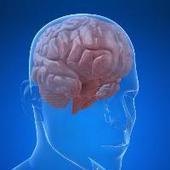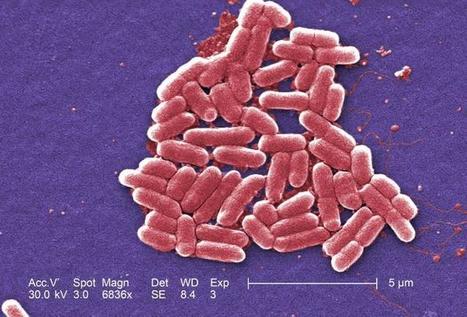Researchers at Stanford University School of Medicine have developed a new technique to see how different types of cells interact in a living mouse.
The process uses light-emitting proteins that glow when two types of cells come close together.
Using the technique, the team was able to pinpoint where in the body metastatic cancer cells ended up after they broke off from an initial tumor site, using readily available lab reagents. The team chose chemicals that are easily available in most life sciences laboratories because they wanted to develop a technique that could be widely used.



 Your new post is loading...
Your new post is loading...

















Using the technique, the team was able to pinpoint where in the body metastatic cancer cells ended up after they broke off from an initial tumor site, using readily available lab reagents. The team chose chemicals that are easily available in most life sciences laboratories because they wanted to develop a technique that could be widely used.
Read more at: http://phys.org/news/2013-05-team-technique-track-cell-interactions.html#jCp